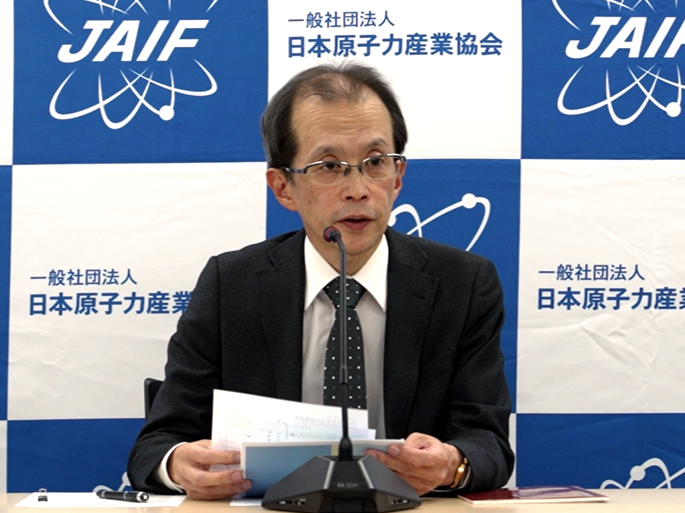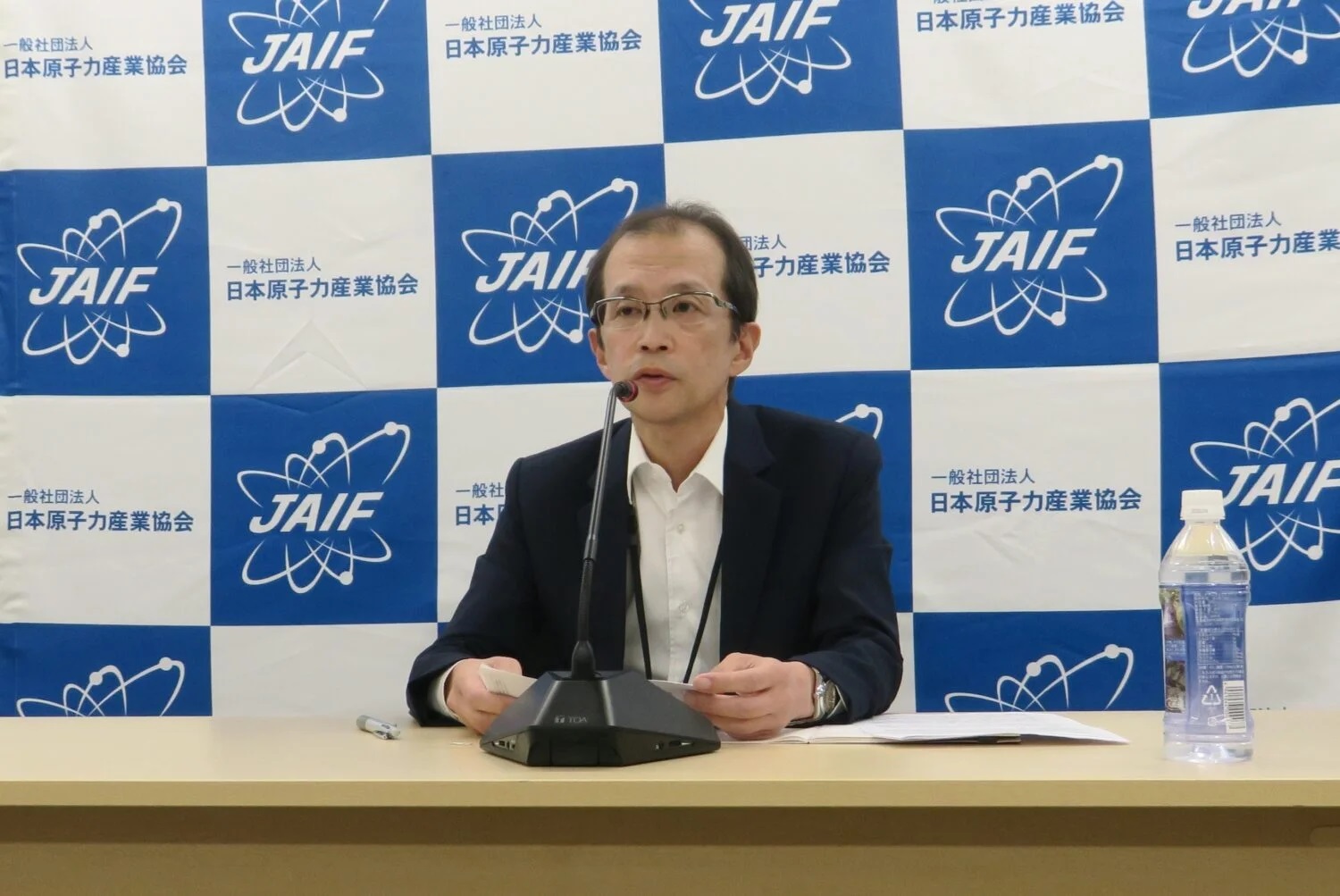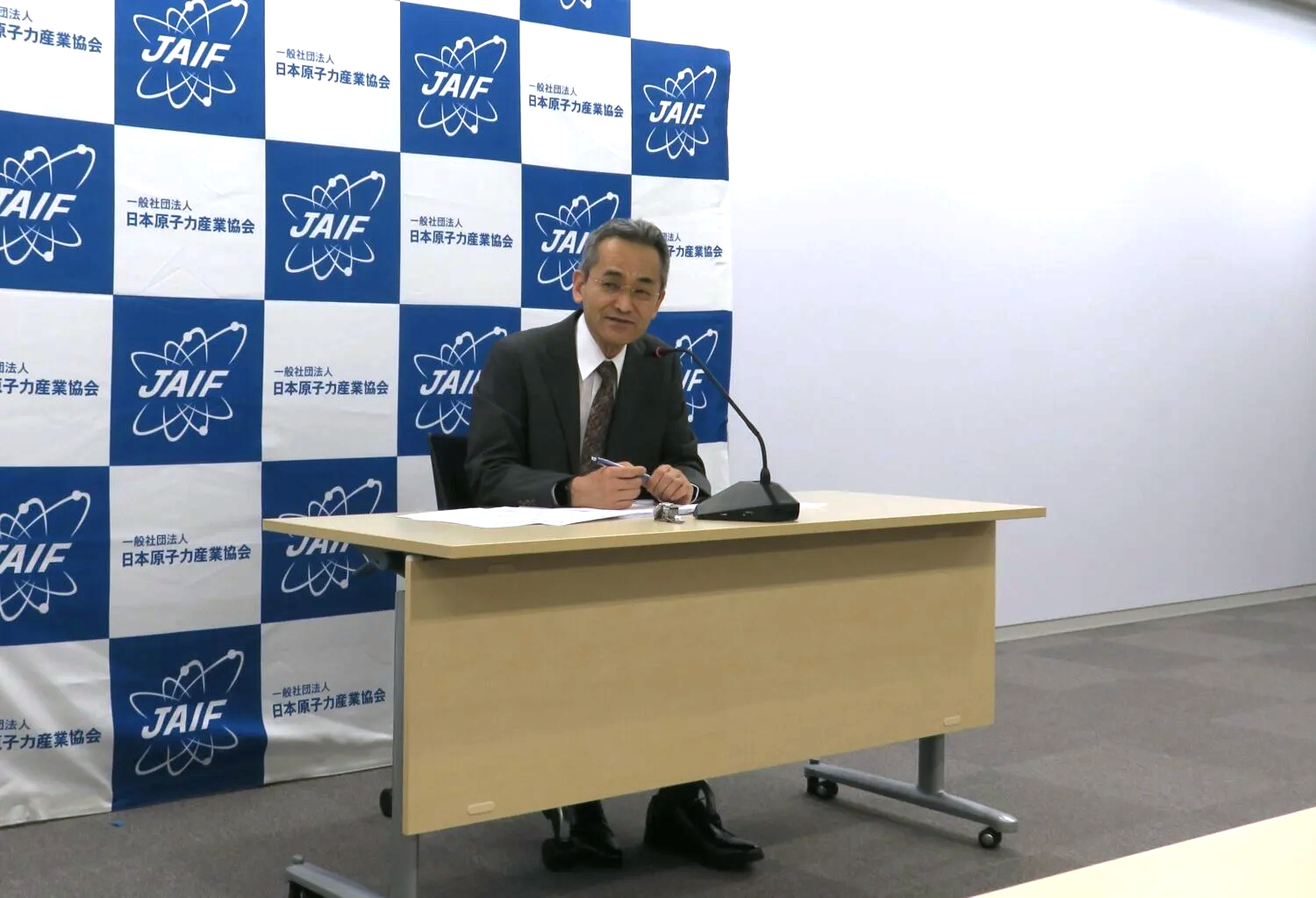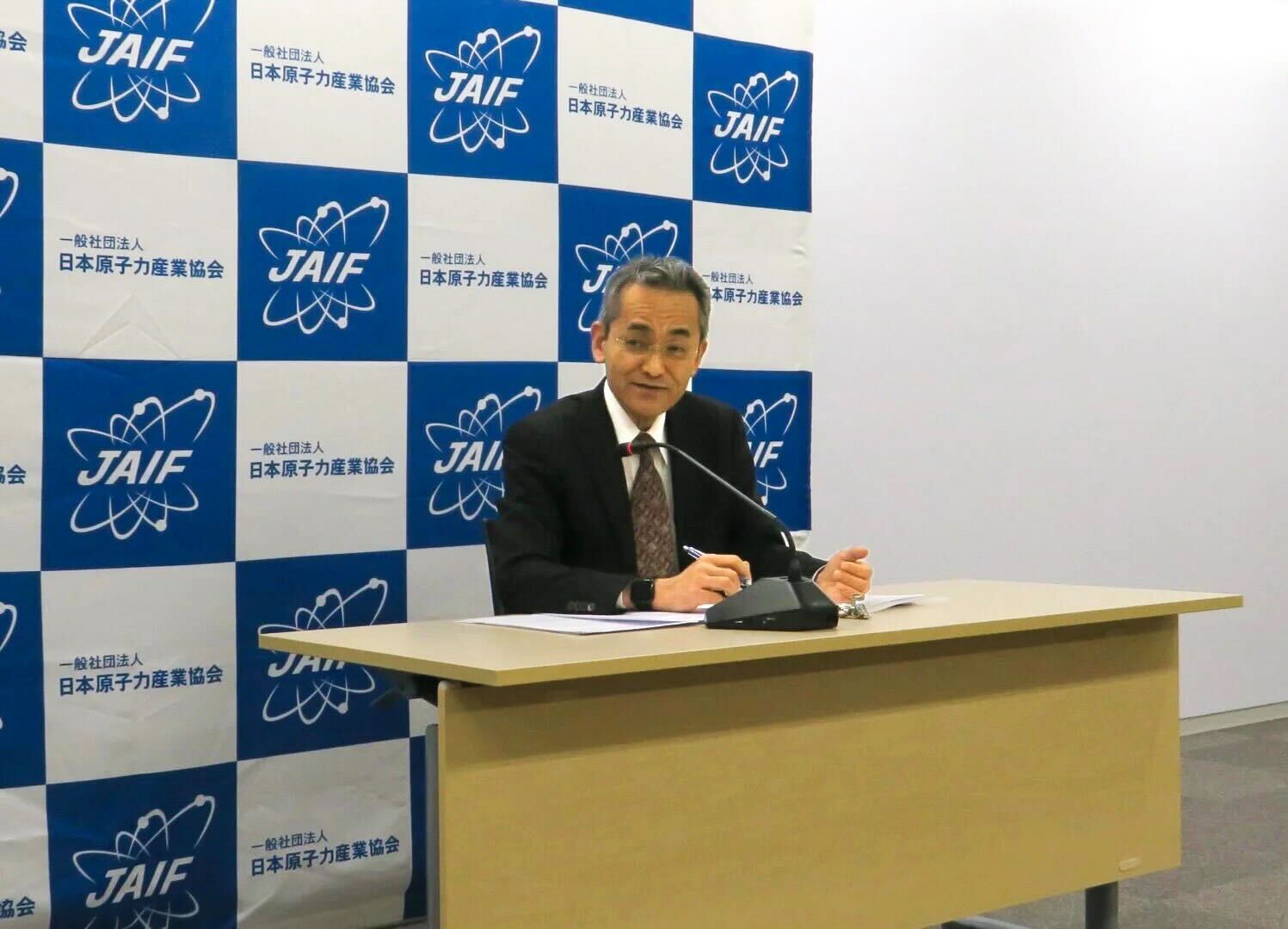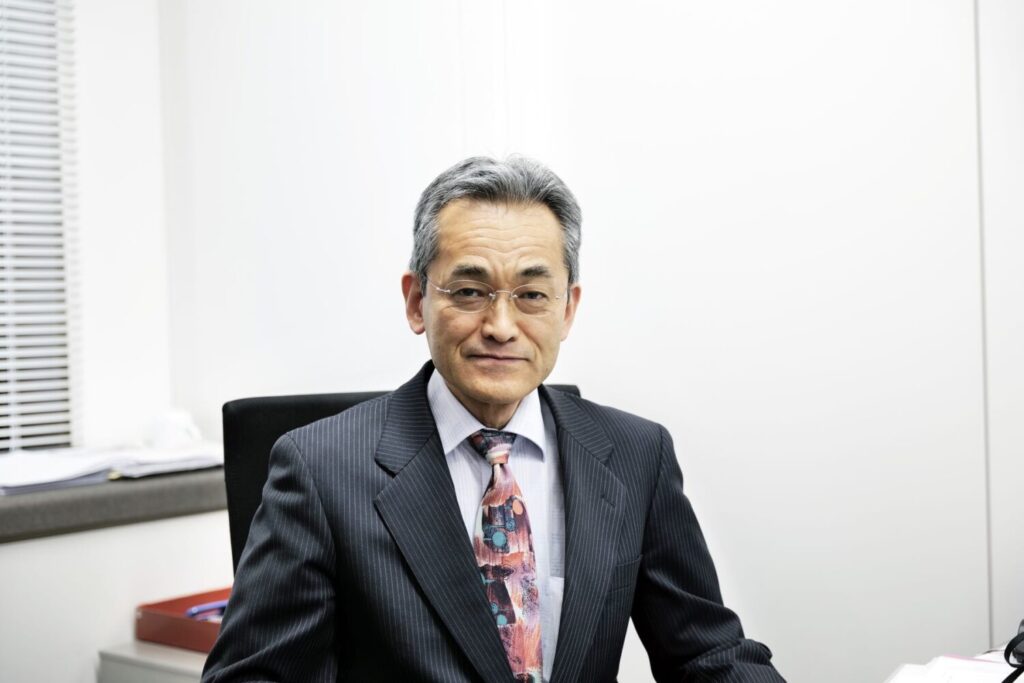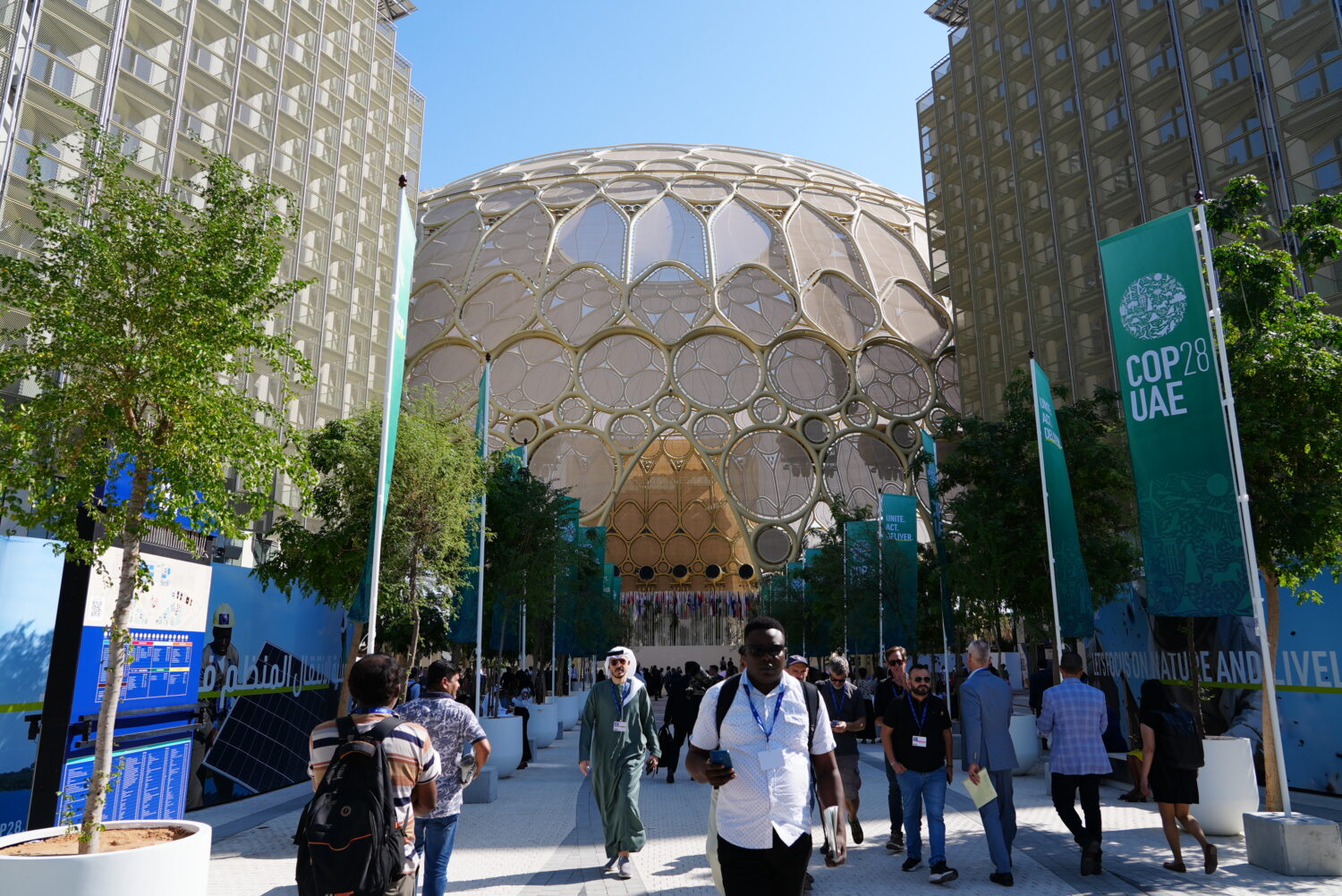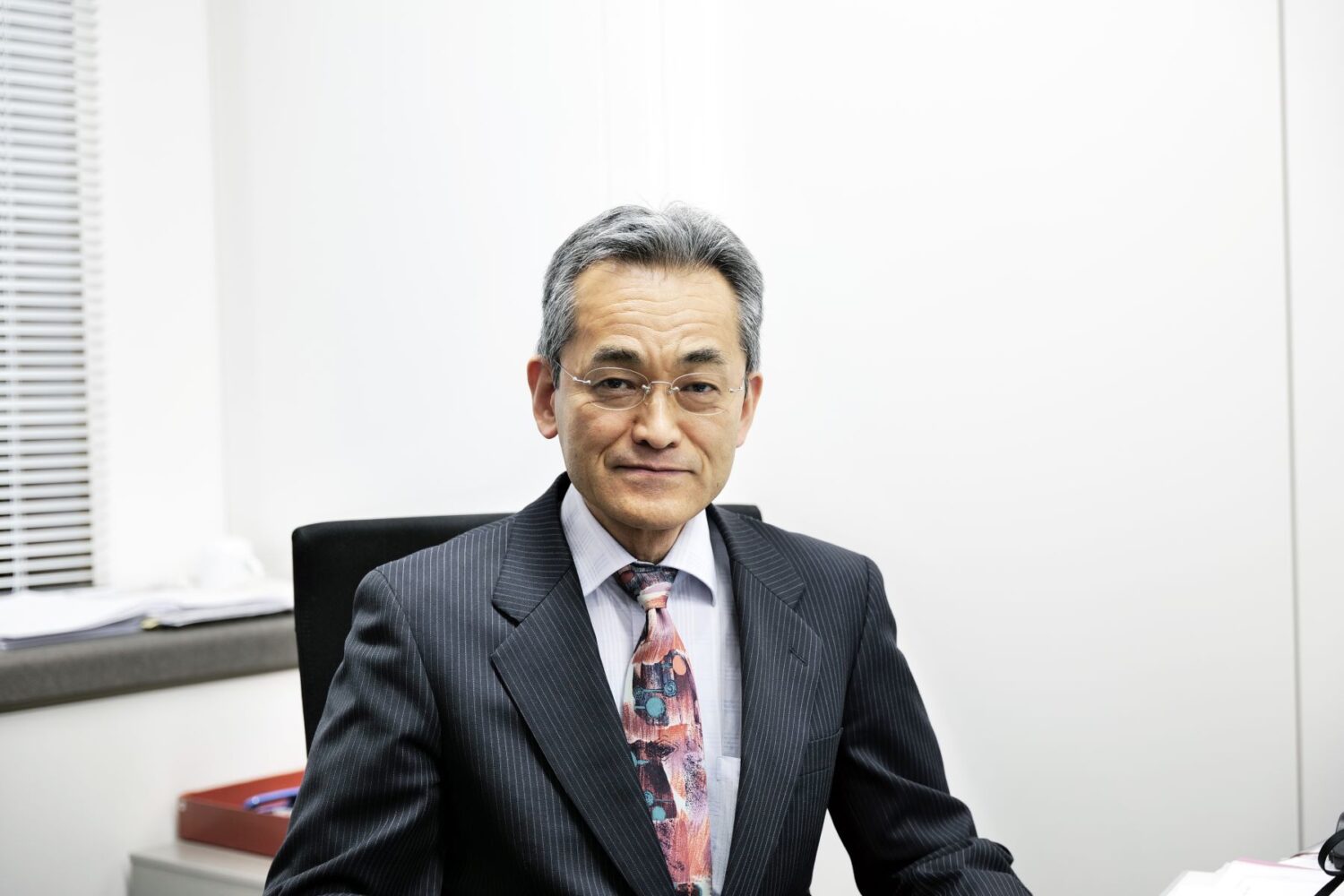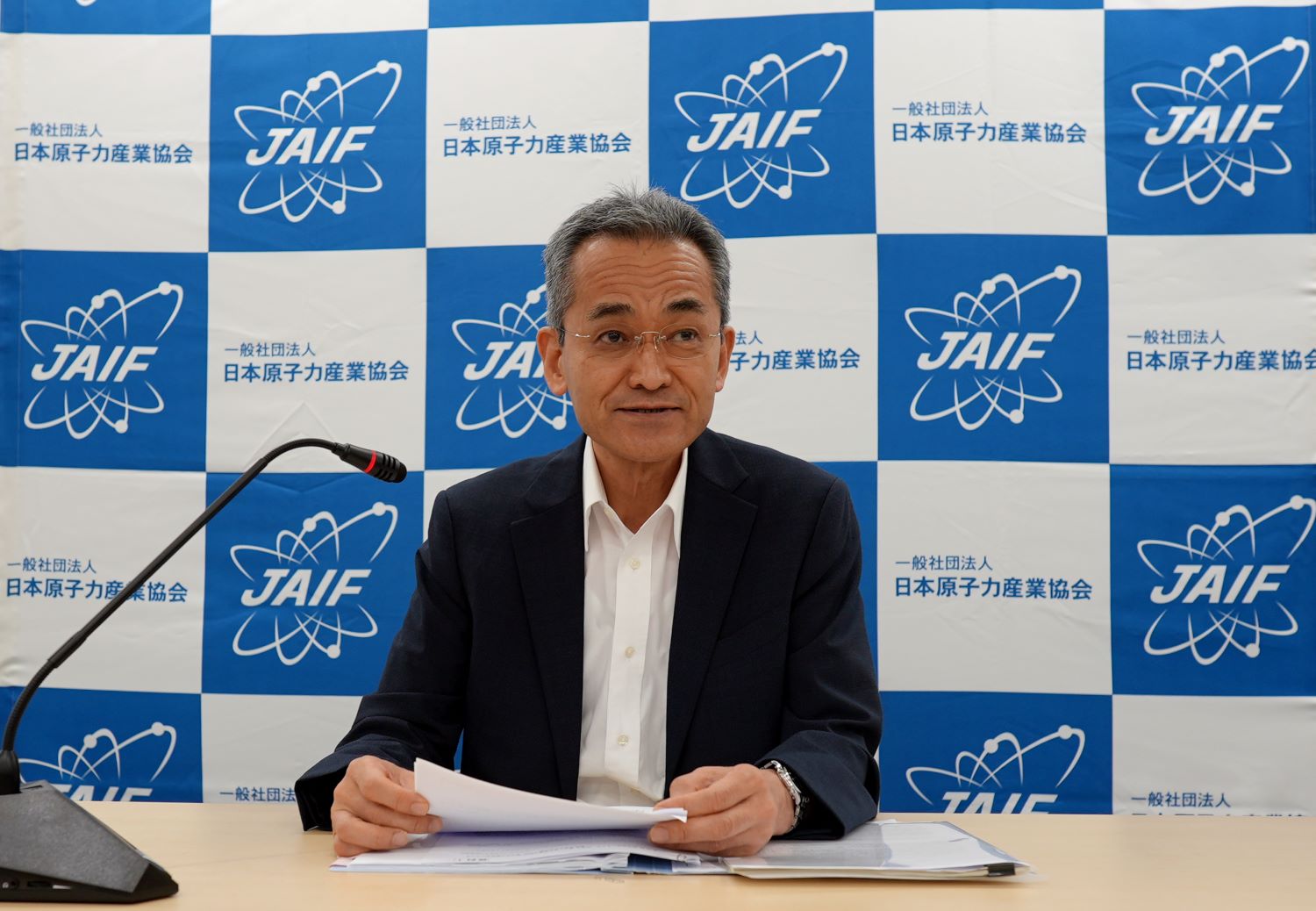Reprocessing involves the recycling of resources, in which uranium and plutonium are separated and recovered from nuclear fuel previously used for power generation (nuclear spent fuel), and used as fuel again. We can be proud of the fact that the reprocessing plant integrates technologies from various countries, including the vitrification and denitrification of high-level radioactive liquid waste (HLW) done by Japan, the shearing, dissolution, separation and refining done by France, the enriching of HLW and acid recovery done by England, and the removal of iodine done by Germany.
Natural uranium for nuclear fuel must be imported, as Japan has none of its own. Thanks to its high energy density, however, as well as the fact that it is easy to store, the substance is inherently suitable for recycling by reprocessing, making it a quasi-domestic energy source. Poor in natural resources, Japan ranks low among technologically advanced nations in terms of primary energy self-sufficiency, at only 11.8 percent (FY18). The reprocessing of spent fuel will contribute to securing Japan’s energy on a long-term basis.
In comparison with the direct disposal of spent fuel, reprocessing has significant advantages in terms of HLW disposal: reducing to one-fourth the volume of waste, and shortening to one-twelfth the time until toxicity levels reach that of natural uranium (from approximately 100,000 years down to 8,000 years).
Japan’s nuclear materials extracted in reprocessing, including plutonium, are subject to inspection by the International Atomic Energy Agency (IAEA), based on the Treaty on the Non-Proliferation of Nuclear Weapons (NPT). According to the latest Safeguards Statement released by the IAEA, the country’s practices were praised again, as all of its nuclear materials are used only in peaceful activities.
Japan’s basic policy on plutonium is to not hold a surplus level of the substance unless it is used for peaceful purposes. When it comes to reprocessing, particularly, transparency is of paramount importance. Accordingly, Japan needs to demonstrate a specific “pluthermal” plan—referring to the use of mixed uranium-plutonium oxide (MOX) fuel in light water reactors (LWRs)—and to complete the construction of the MOX fuel fabrication plant that is now undergoing an NRA safety examination.
Moving forward, the reprocessing plant still has to get approval for its design and for its work plans, based on which work related to safety measures and inspections will be carried out. Given the extent and complexity of the facilities and equipment at the plant, the volume of work will be huge. It is expected that the examinations will be carried out efficiently through communications with the regulatory authority, and that the work will be carried out steadily with safety given top priority, while understanding is sought and obtained from local communities.
At every opportunity, we at the Japan Atomic Industrial Forum will endeavor to explain the role and significance of the nuclear fuel cycle to concerned parties.
<Reference>
Japan Nuclear Fuel Ltd. (JNFL): Summary of reprocessing activities
https://www.jnfl.co.jp/en/business/reprocessing/ [ENGLISH SITE]



